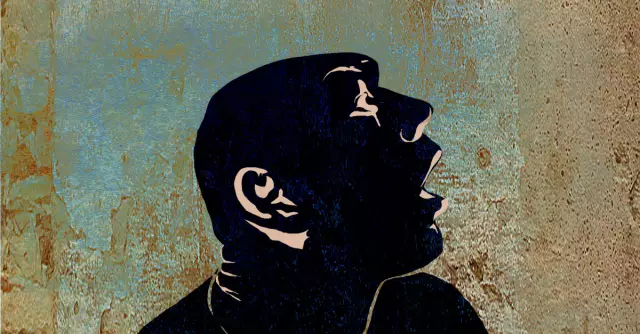- Author Rachel Wainwright [email protected].
- Public 2023-12-15 07:39.
- Last modified 2025-11-02 20:14.
Microcephaly

Microcephaly is a serious illness that occurs no more than once in 10,000 births. With congenital microcephaly in children, the formation of a small skull occurs, accompanied by underdevelopment of the brain, mental retardation, various mental and neurological abnormalities.
In the brain with microcephaly, there are signs of severe malformations: agenesis of the corpus callosum, macro- and microgyria, heterotopia, lisencephaly. Brains have a flattened appearance, tertiary grooves are completely absent. In most cases, patients with microcephaly remain underdeveloped: the brain stem, the pyramids of the medulla oblongata, the optic tubercle, the cerebellum, the temporal and frontal lobes.
Patients with microcephaly have a characteristic appearance with a disproportionate ratio between the normal body size and a small, underdeveloped skull. Among the reasons that cause oligophrenia, a considerable percentage belongs to microcephaly of the brain.
Types of microcephaly
Microcephaly is subdivided into primary and secondary.
Primary microcephaly is a genetic developmental defect that occurs early in pregnancy. This type, as a rule, is combined with other gross anomalies in the development of the brain - agenesis of the corpus callosum, agiria and other pathologies.
Secondary microcephaly in the fetus occurs at a later stage of pregnancy and is formed against the background of hypoxia, intoxication, mechanical trauma or an intrauterine infection (cytomegalovirus encephalitis, rubella, toxoplasmosis). With microcephaly of a secondary type, calcifications, cystic cavities, and foci of hemorrhage are often formed in the brain tissue.
Causes of microcephaly
The list of harmful factors, the negative impact of which could potentially lead to the development of intrauterine microcephaly in a future newborn, can be as long as you like.
Possible pathogenic causes of microcephaly include exposure to radiation on the body of the expectant mother, taking medications during pregnancy, lack of water during pregnancy, past infectious diseases, genetic abnormalities, etc.
As a rule, in most cases, the parents of a sick child with a diagnosis of microcephaly are extremely rarely able to establish a specific reason for the appearance of this pathology of intrauterine development in their baby.
Microcephaly symptoms

The clinical picture of microcephaly is as follows:
- disproportionately developed facial and cerebral skull;
- protruding superciliary arches;
- sloping narrow forehead;
- protruding ears;
- the fontanelle overgrows in the first month of life, or is closed by the time of birth;
- muscle hypotension;
- impaired coordination of movements;
- emotional limitation;
- signs of oligophrenia, mental retardation.
Microcephaly treatment
Unfortunately, modern treatment of microcephaly consists mainly in symptomatic support of the patient with the help of medications, as well as in complex rehabilitation measures aimed at maximizing the adaptation and socialization of the child.
As a drug therapy for the treatment of microcephaly, drugs are used that improve metabolic processes in the brain tissue, - nootropil (piracetam), cerebrolysin, pyriditol, encephabol, vitamin complexes, etc.
YouTube video related to the article:
The information is generalized and provided for informational purposes only. At the first sign of illness, see your doctor. Self-medication is hazardous to health!






